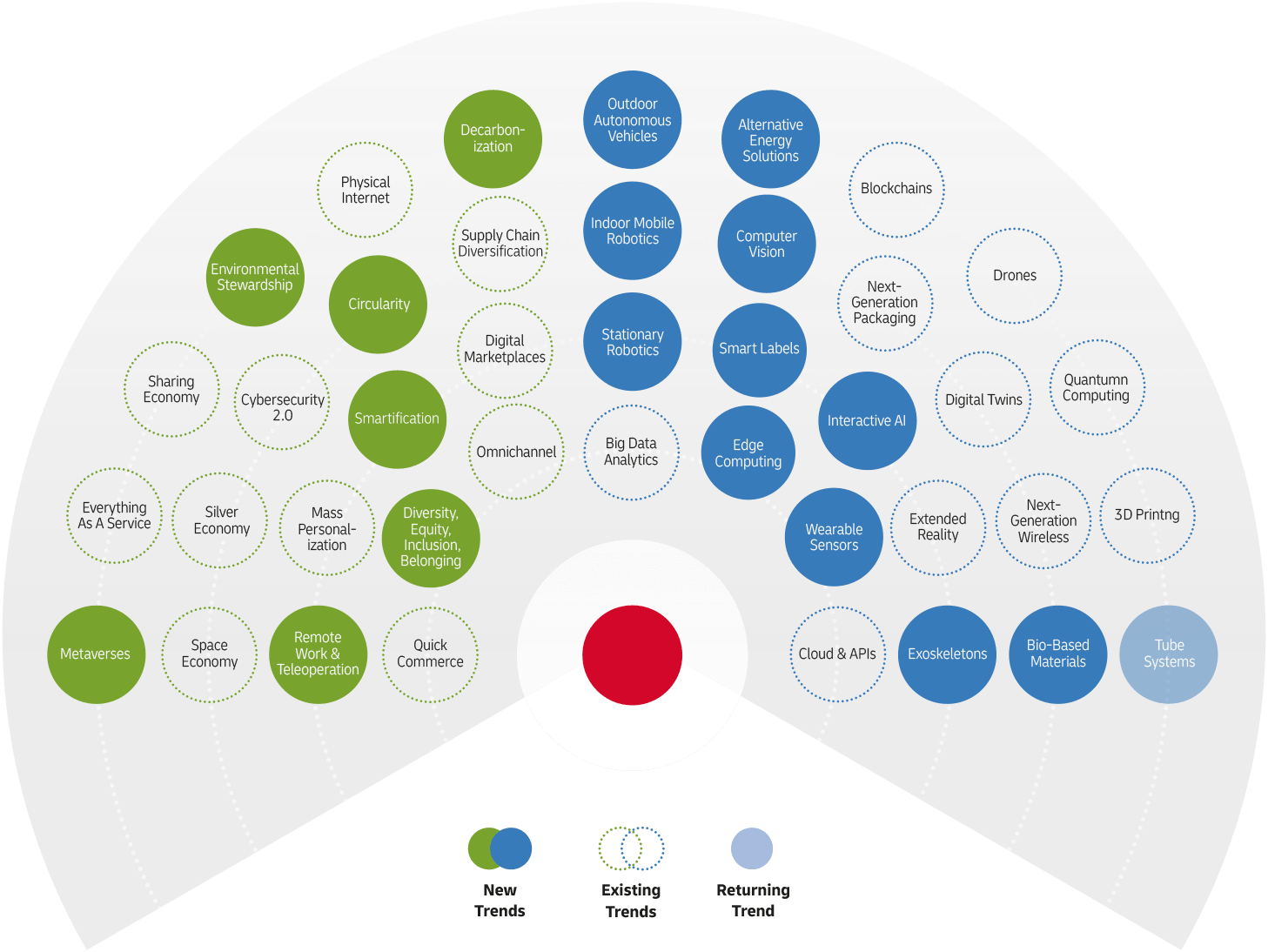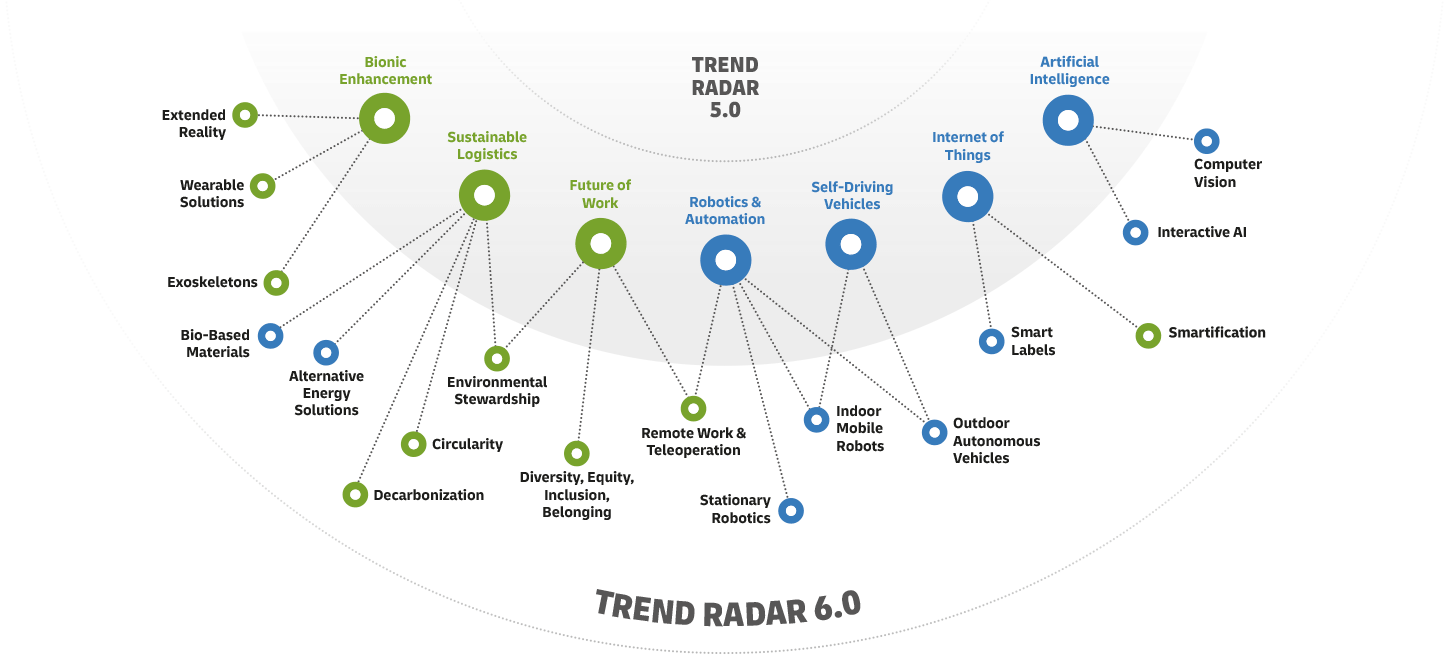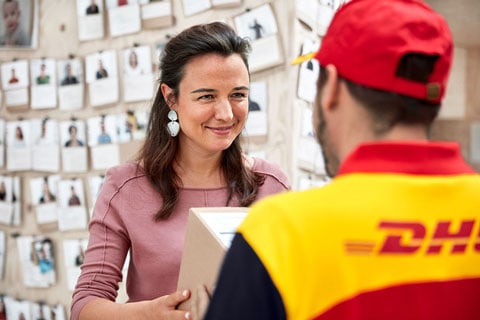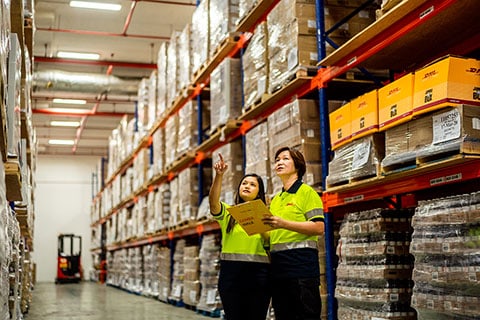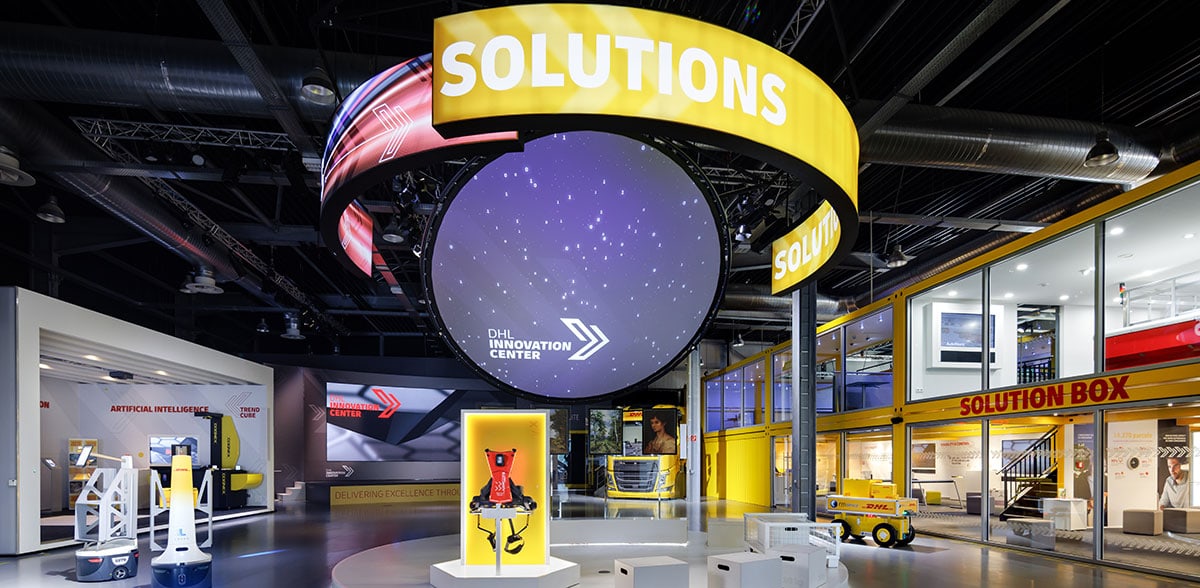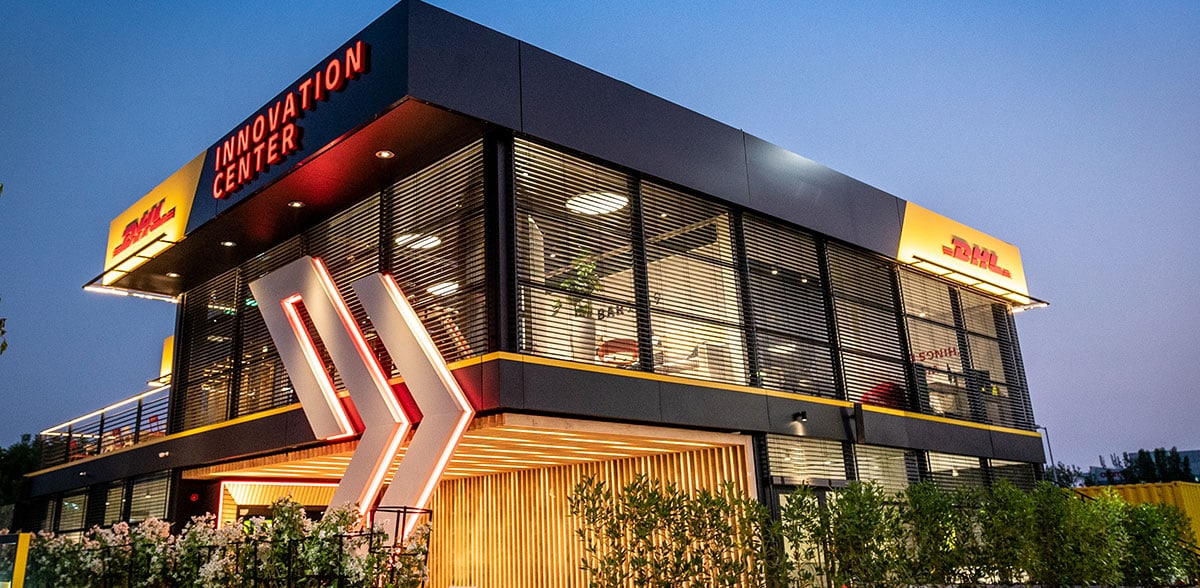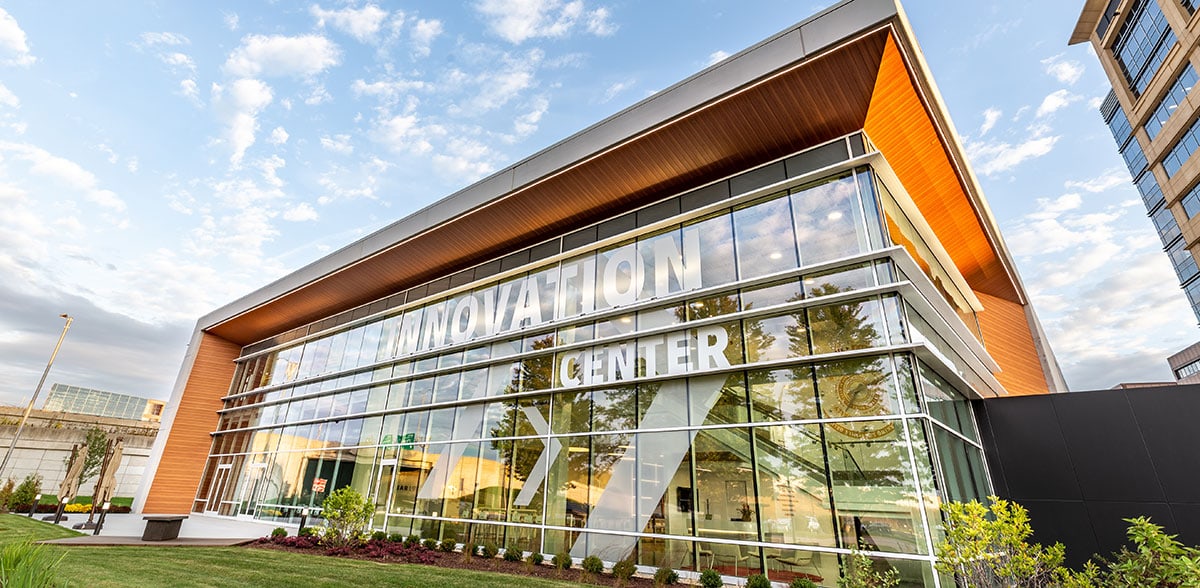THE DHL INNOVATION CENTER NETWORK
With our four DHL Innovation Centers located in Germany, Singapore, the US, and the UAE, we spearhead the future of logistics and drive customer-centric innovation around the world. This global network enables us to consider regional socio-economic differences and actively participate in local innovation ecosystems.
Every year, we welcome tens of thousands of customers, partners, and other innovative thinkers and visionaries to engage with DHL experts and each other. Through these creative hubs, we facilitate and lead workshops, innovation center tours, events, and joint innovation projects to better understand customer needs and identify actions to solve key supply chain challenges. We also take a focused, user-centric, and systematic thought leadership approach to discovering impending developments, emerging best practices, potential industry applications, and the implications of these trends on logistics. Leveraging customer insights and research findings, we test, create, customize, commercialize, and scale innovative solutions for the benefit of our customers and our colleagues.
















































